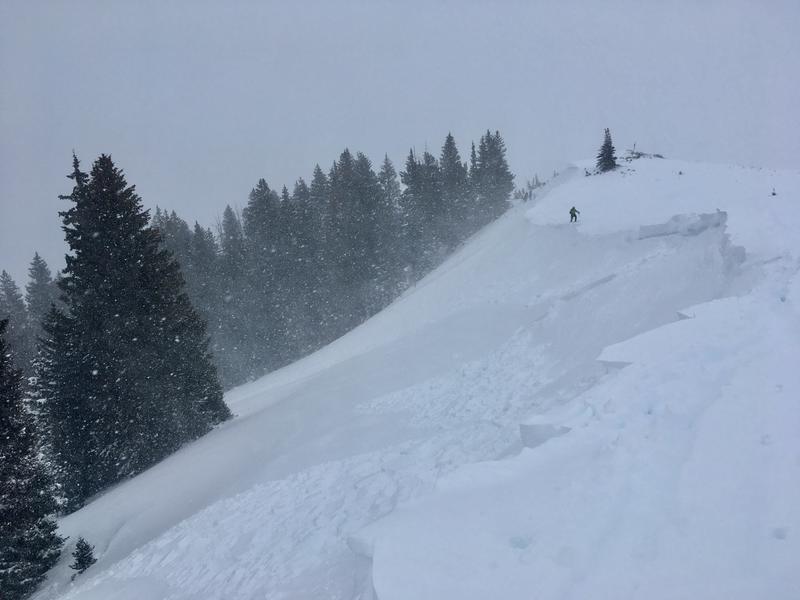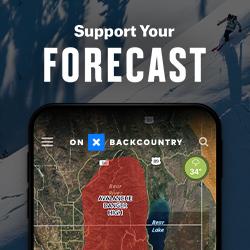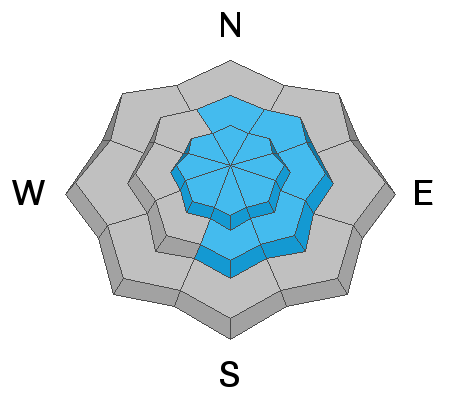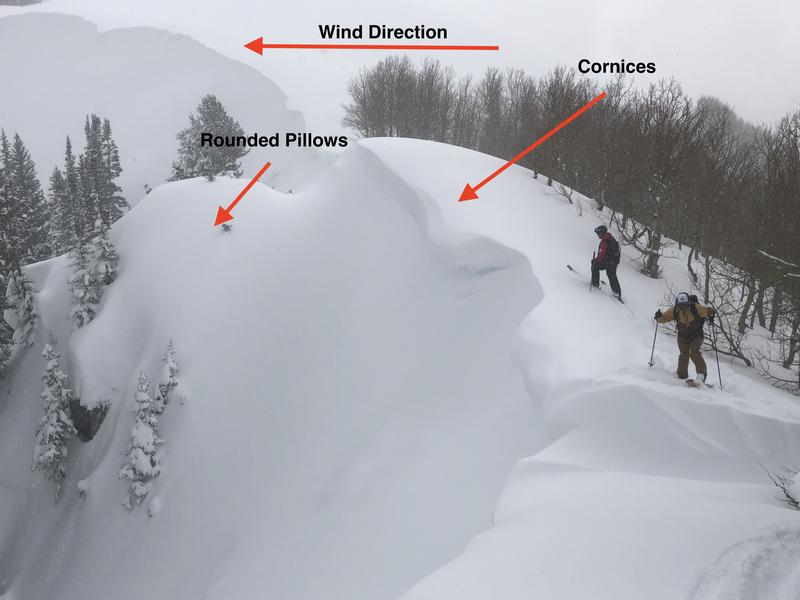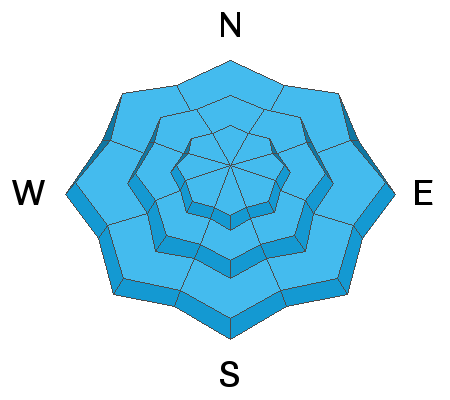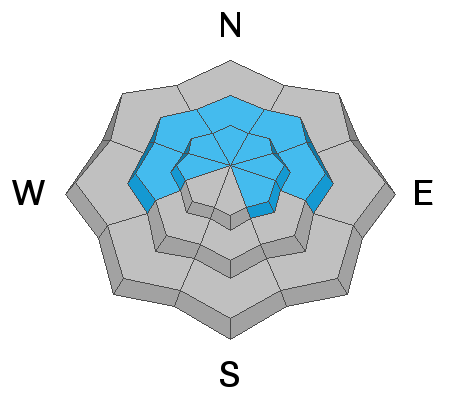Forecast for the Provo Area Mountains

Issued by Greg Gagne on
Tuesday morning, January 22, 2019
Tuesday morning, January 22, 2019
The avalanche hazard is HIGH at upper elevations and mid elevations facing north through southeast, and CONSIDERABLE at mid elevations facing northwest through south as well as low elevations. The primary avalanche concerns are fresh wind drifts and storm snow, especially at the upper elevations and areas that received the most snow such as Little Cottonwood Canyon. Avoid slopes steeper than about 30 degrees and avoid avalanche runout zones.
The majority of avalanche fatalities in Utah have occurred with a Considerable hazard rating. Don't be fooled by evidence of stability today. Since this past Wednesday the Provo mountains have received nearly 5" of water weight, and the snowpack needs time to adjust. Patience is the name of the game.

Low
Moderate
Considerable
High
Extreme
Learn how to read the forecast here



